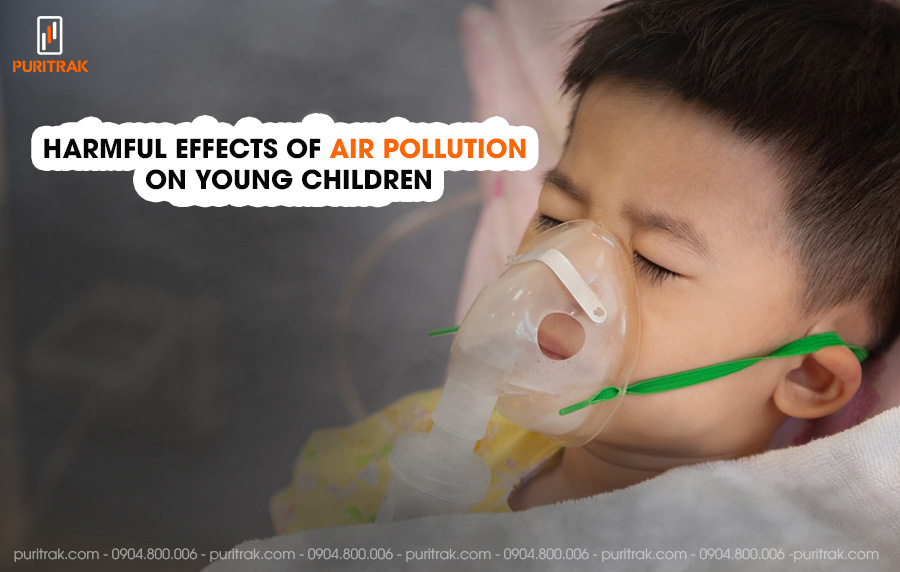
The World Health Organization has announced a worrying statistic: every year, about 2 million children die from acute respiratory infections, and 60% of these are due to air pollution. This is truly a horrifying number, highlighting the detrimental effects of air pollution on young children are very harmful. This requires parents to devise timely solutions to protect their children’s health.
1. Why are children more susceptible to the effects of air pollution than adults?
Children are often more susceptible to air pollution than adults for the following reasons:
1.1. Weaker resistance
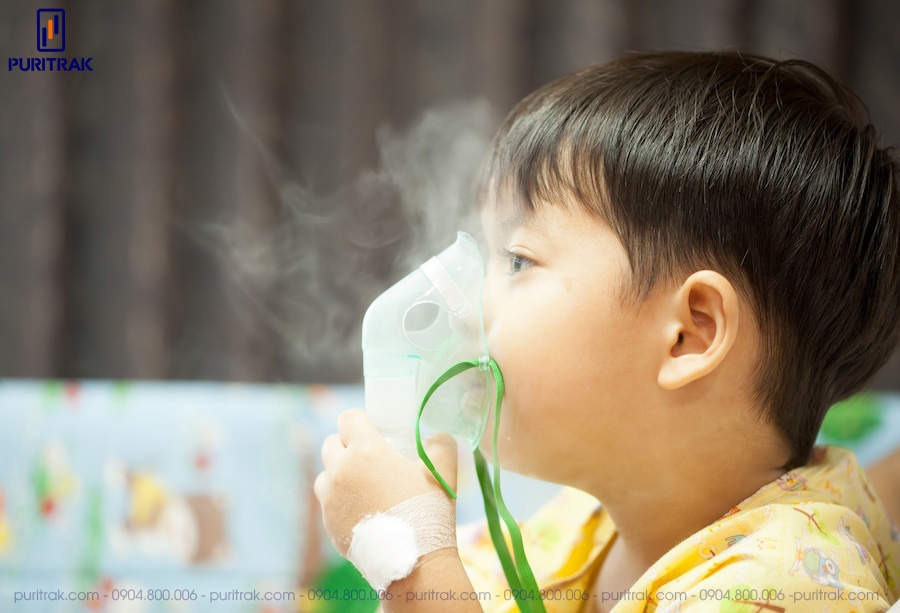
Children’s immune systems are not fully developed, making them susceptible to infection and disease. Air pollution can reduce resistance, leading to a higher risk of disease compared to adults.
1.2. The respiratory system is developing
Children’s lungs are still developing, and they are more immature than adult lungs. This makes babies more vulnerable to exposure to pollutants.
1.3. Lots of outdoor activities
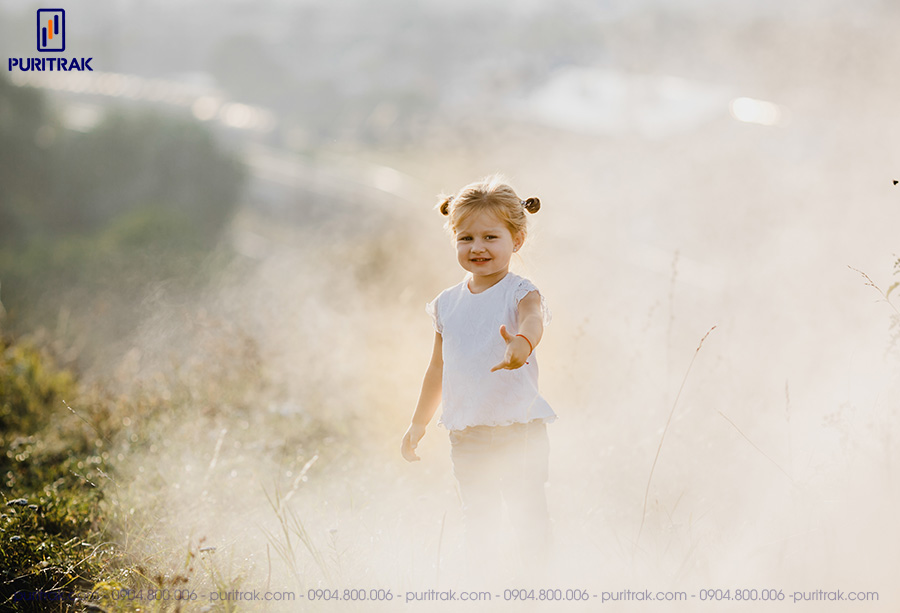
Children often prefer to play and be active outdoors. This leaves children exposed to more polluted air, especially in urban areas with high pollution levels.
1.4. Not aware of self-protection of health
Children often lack the knowledge and awareness to protect themselves from the health impacts of air pollution.Therefore, when exposed to sources of pollution, children do not realize how to prevent harmful agents from easily penetrating the body, causing dangerous diseases.
2. Harmful effects of air pollution on young children
Air pollution is a serious problem for children’s health. Below are some harmful effects of air pollution on children:
2.1. Impact on the respiratory system
Air pollution contains fine dust particles and toxic substances such as ozone, CO2, NO2, and PM2.5. Children often inhale larger amounts of air than adults in proportion to their body weight, and this makes them susceptible to lung damage, increasing the risk of bronchitis and pneumonia.
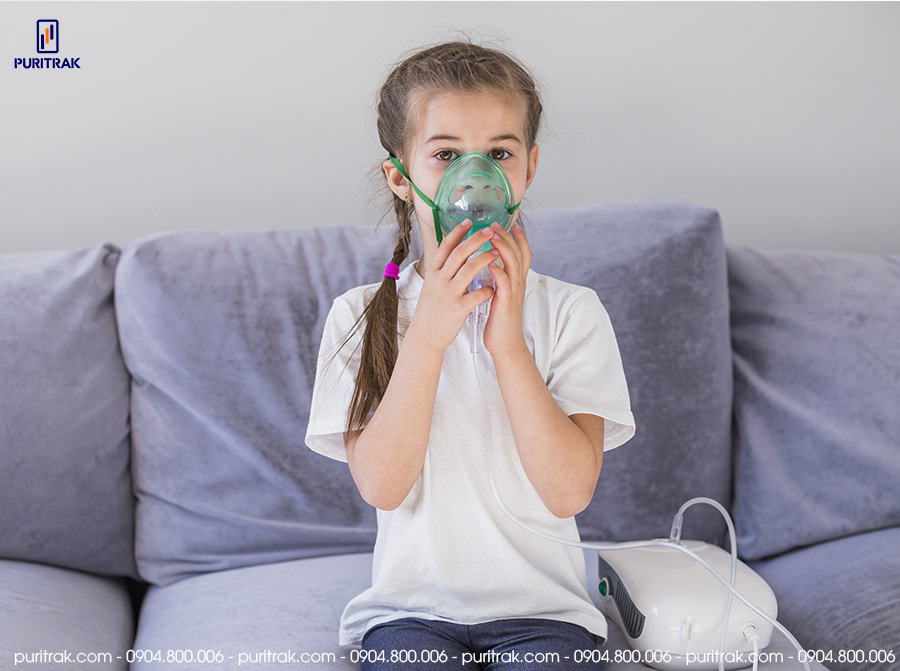
2.2. The risk of asthma increases
Air pollution is one of the causes of increased risk of asthma in children. Toxic substances in the air can irritate and damage the respiratory tract.
2.3. Increased allergies
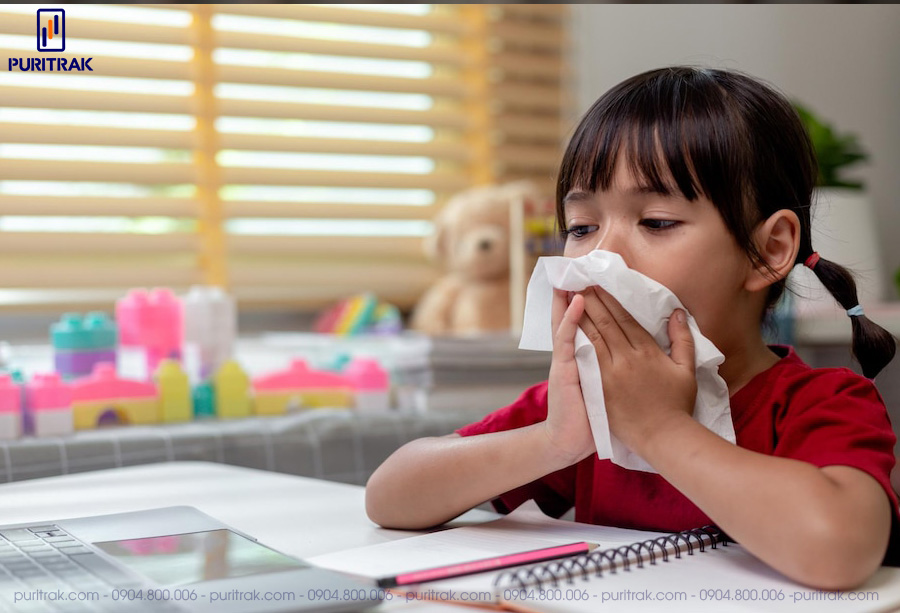
Air pollution can also increase children’s risk of developing allergic diseases such as allergic rhinitis and colds. Ozone gas and microscopic dust particles can irritate the respiratory tract and create favorable conditions for inflammatory diseases.
2.4. Reduced resistance
Air pollution can weaken children’s resistance, making them more susceptible to infection and illness. This is especially important in the current context of the spread of infectious diseases.
2.5. Psychological and learning impacts
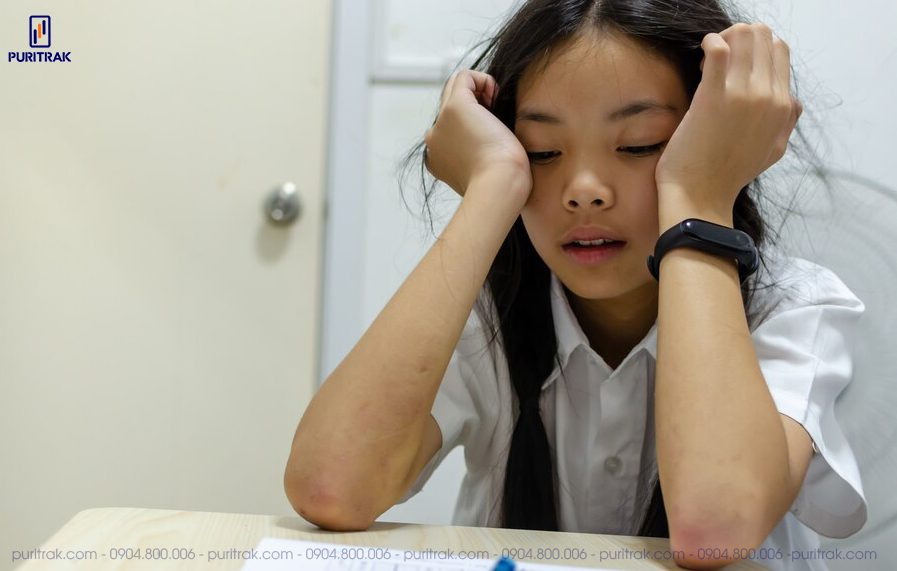
Air pollution can affect children’s mood and ability to concentrate. Breathing polluted air can cause loss of peace of mind, cause mental pressure and reduce learning performance.
3. Solutions to reduce the harmful effects of air pollution on children
3.1. Use an Air Purifier
First and foremost, use a room air purifier to clean the air inside your home. Air purifiers have the ability to remove dust particles and toxic substances, helping to improve and protect the quality of children’s living environment.
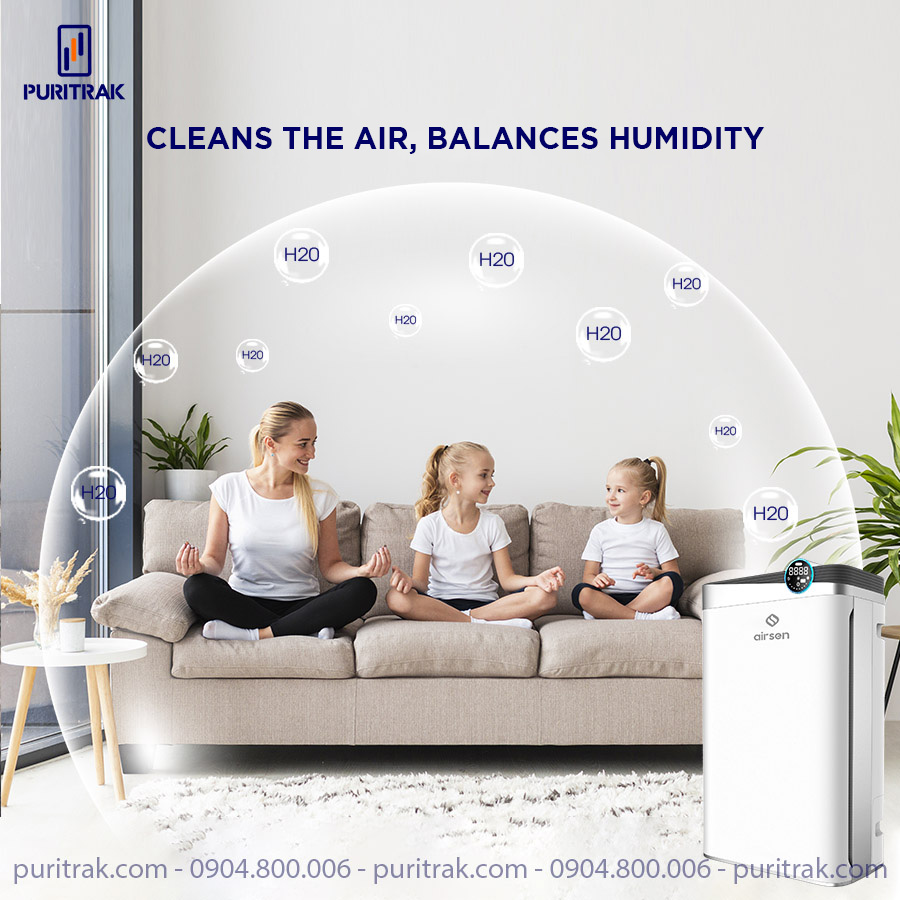
See more: Air pollution increases the risk of diabetes
3.2. Air Quality Monitoring
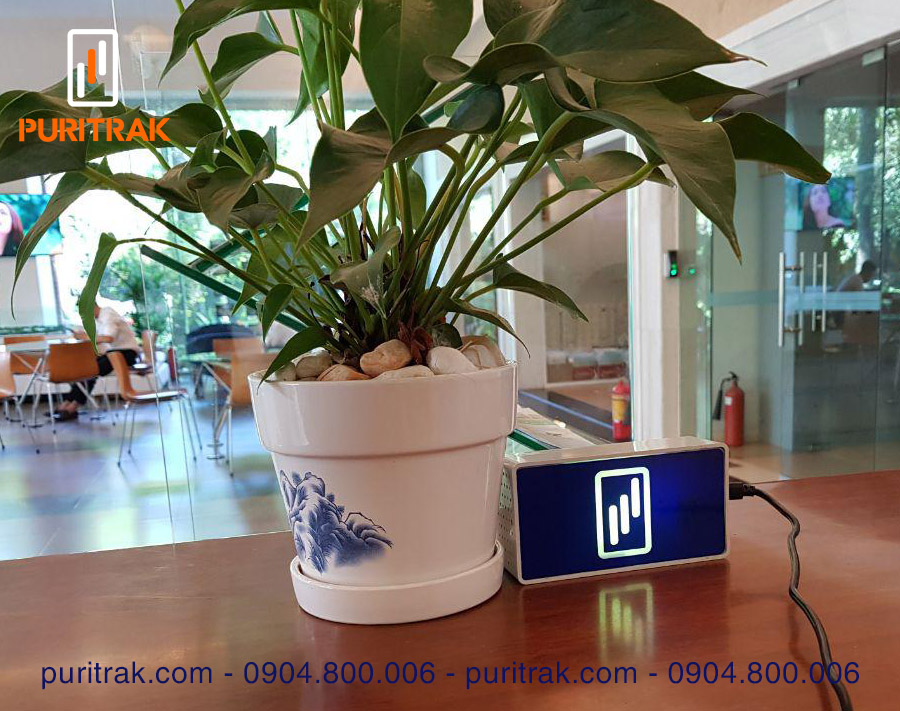
Use air quality monitoring apps or devices to know when your surroundings become polluted. When air quality is poor, limit children’s exposure to outside air.
See more: Puritrak indoor air quality measuring device
3.3. Limit Outdoor Activities While Pollution Is High
On days of high air pollution, parents should limit the time children spend playing outdoors, especially in the morning or evening when pollution levels are often at their highest.
3.4. Use a Protective Mask
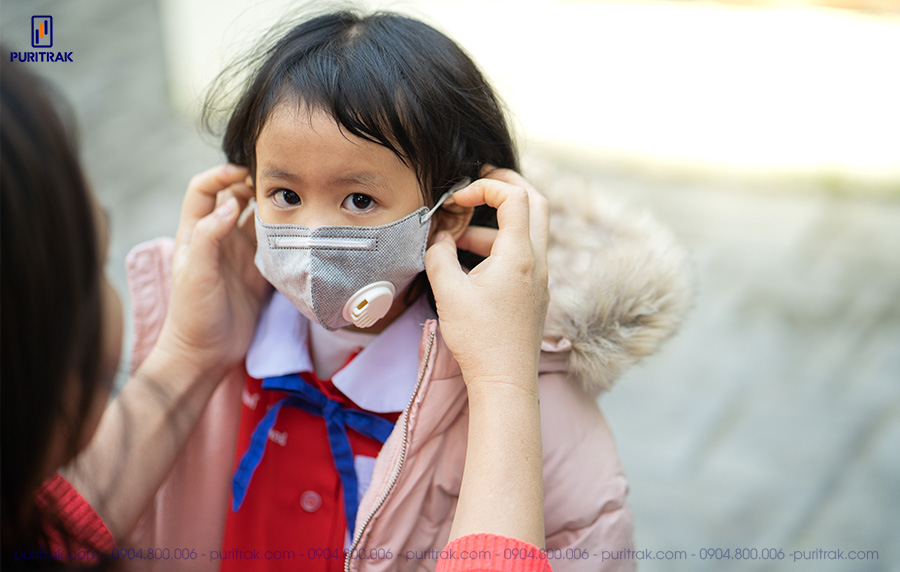
When children are exposed to polluted air, they should wear a respiratory protective mask to reduce the risk of inhaling toxic substances.
3.5. Use Clean Energy
Prioritize using clean energy and saving energy at home. This helps reduce emissions from traditional energy sources.
In modern urban life, protecting children’s health from air pollution is an important priority. Understanding the harmful effects of pollution and adopting protective measures can contribute to ensuring a healthy environment for the development of young children.
If you need further support and information related to the air filtration system, please contact us using the information below to have Puritrak’s experienced technical department advise you on the right product for you. Thank you for reading the article!
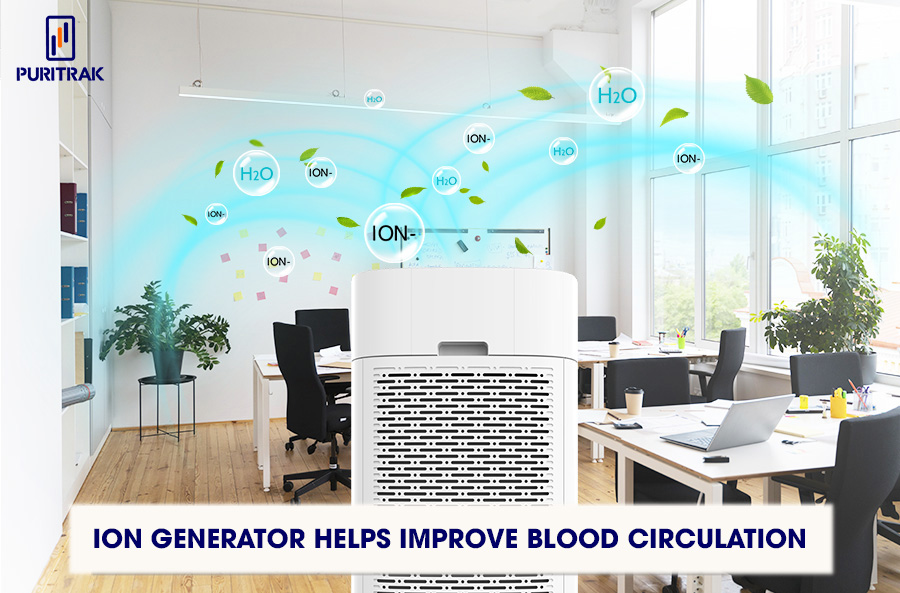
Contact Info:
Hotline: 0904.800.006
Website: puritrak.com
Email: [email protected]
Fanpage: Puritrak
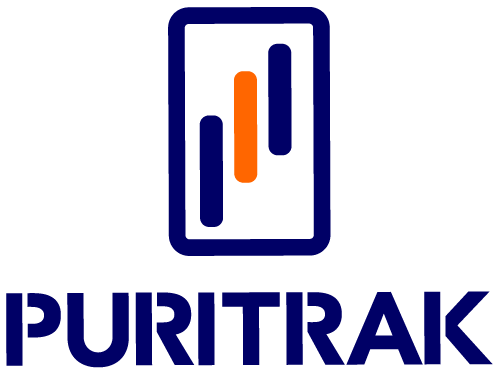



 Tiếng Việt
Tiếng Việt